Club Motorhome Bloggers
Spain, A Brief Encounter with the Spanish Civil War- Part 2
14th April 2016 Ciudad Real to Córdoba
In 1605 Miguel de Cervantes published his acclaimed novel, The Ingenious Gentleman Don Quixote of La Mancha. The story follows an upper middle class gentleman, Don Quixote, and his lower class neighbour, Sancho Panza, who set out with a horse and a mule (guess who’s got the mule!) to undertake, through Chivalric acts, good deeds for their fellow mankind. The backdrop for this great adventure was the plains and mountains of La Mancha, an area south of Madrid encompassing the province of Ciudad Real. Three hundred and thirty years later, La Mancha was the setting for the final offensive of the Spanish Civil War. By March 1939 Nationalist troops had captured the main cities of this region, including Ciudad Real, and Republican troops were in disarray surrendering or fleeing as refugees to the harbours of Valencia, Alicante, Cartagena and Gandia.
We stayed at the stopover listed on the Club Motorhome website. This is actually adjacent to the premises of a motorhome dealer at what first appears to be the back end of an industrial estate. However, a short walk and we found ourselves not too far from a beautiful park and the Don Quixote museum. Ciudad Real is one of those Spanish towns that surprises. No tacky tourist trinket shops here! Fashionable squares and a few fine buildings, throw in the Spanish locals, and you have a genuine town that is well worth the visit.
Cuidad Real, The home of Cevantes
To reach Cordoba we took the N420 from Ciudad Real. The bad news was that this bit of highway missed out on the road building bonanza that Spain invested in before the financial crash and was therefore extremely worn out. However, the good news was that it passed through Parque Natural Sierra de Cardeña. Here you find huge ‘Bolos de Granite’ dotted around the fields as if dropped at random from the clutches of the Spanish imperial eagle. Part of the world's last wilderness and inhabited by the elusive and highly endangered lynx, this area of northern Andalusia certainly made bearable the clatters and rattles of an old Fiat Ducato!
So who were Antonio Mesa Serano and D’Antonio Roldan Leons?
As you wonder around the streets of Spanish towns and cities you are constantly reminded about the history. It’s all about the founders who occupied this and who built that as well as much ado about the great and the good, but very little about the civil war. Córdoba is no different. Like the few thousand other tourist we tramped the streets around the old town, poked our noses in another cathedral and a few other places and did the usual ooh’s and aah’s, over great works. Thirty years ago it would have been Americans with their wide beams sporting garish pants, but now it was mostly Chinese tourists. Small in build, wearing wide brimmed hats or holding parasols they were so much easier to jostle with to get a helado de fresa, vanilla and salted caramel of course, before we ‘went off piste’ and visited the nearby cemetery.
An offensive, known as the Aceituna Campaign, by the Nationalists with 4,000 men including Moorish troops was undertaken in the Córdoba province to capture the rich olive-growing area of Andújar and to relieve the besieged civil guards. As a counter offensive the International Brigade was sent to the Córdoba Front where 600 men were decimated by the Nationalists.
In the corner of the cemetery there is an unloved area of lichen covered grave stones. A rusty iron cross stands over as a poignant reminder of the futility of war. Contrast this with the rest of the cemetery; shiny granite blocks, lovingly inscribed epitaphs adorned with flowers, albeit plastic, is yet another reminder that this period has almost been airbrushed from Spanish history. So who were Antonio Mesa Serano and D’Antonio Roldan Leons? Were they Republicans or Nationalist enemies or a Band of Brothers?
Band of Brothers?
18th April Seville ‘Ah Beautiful Sevillia’
The heart of Andalusia is Seville, an elegant town with wide, palm tree adorned la ramblas, exquisite buildings, polished marble piazzas, fountains and with a clean modern tram system makes this the most stylish of all the Spanish cities. In the heat of the day, the Guadalquiver River refreshes the air. In his book, A Rose for Winter, Laurie Lee described Sevillia as “a feminine city, set apart like a mistress, to be pampered and adored”.
Her part in the Spanish Civil War was brutal. Bloodshed and executions. The Macarena district covers the northern-eastern area of the old city up to the Moorish city wall. In this working-class district, the Foreign Legion and Moroccan regulars went up and down the streets throwing grenades through the windows, blowing up and killing women and children. The Moors took the opportunity to loot and, urged on by the generals, troops were encouraged to rape and administer brutal acts.
After the coup, the Republicans and those with leftist connections were rounded up by the Nationalists and imprisoned. They were eventually executed at the Macarena wall at the rate of sixty per day.
Our stopover was one south of Seville as recommended by Club Motorhome member, Barry. Within an easy and pleasant 20 minute bus journey into the centre of the City this was an excellent recommendation. The weather was hot and, situated on the banks of the navigable part of the river and adjacent small marina it was decided that we would have a ‘lazy day’. That is, apart from taking the opportunity to make use of the facilities and do some laundry.
20th April Cadiz
Situated in southwest Spain on a strip of land surrounded by the sea, I had always imagined this port town would be grubby with run down narrow calles, bars overflowing with sailors and a red light here and there perhaps. However, this couldn’t have been further from the truth. With a new suspension bridge that makes the port area easily accessible, this area of Cadiz has been gentrified, but not too much! The narrow cobbled streets were still there and so were the bars and no doubt the red lights too, but the atmosphere was relaxed and non-threatening, almost liberal. There were coffee bars with young nouveau intellectuals trying to make sense of the world.
Despite being a cruise ship destination, and with two in alongside, the town was also surprisingly quiet. They were probably packed off to Seville for a few hours! Trowelled stucco buildings, grand and imposing, the giant Ficus trees, also grand and imposing along the coastal wall, fountains, promenades and much more. Make sure Cadiz is at the top of your list when down in this corner of Spain. Another Club Motorhome recommendation was our home for the night where we watched the floating battery cages slip their moorings and disappear in front of the setting sun.
Thousands of Nationalist Italian volunteers landed in the port of Cadiz as well as ammunition from Spanish Morocco along with aircraft and equipment from the German Condor Legion, which was used to bomb many of the Spanish cities including Guernica.
Cadiz, not what I expected!
21st April Huelva and Punta Umbria
To get to Huelva from Cadiz we drove back to Seville, this is because the Parque National de Dodana, is basically in the way. This reserve is an area of 1,300 sq kilometres of marshes, shallow streams, and sand dunes created by a delta of the Guadalquivir River where it flows into the Atlantic. En route from Seville to Huelva we passed through the pretty Andalusian town of La Palma de Condado. Here during the recent development of a children's play park another mass grave was discovered with an estimated 200 bodies, these were not removed and are now buried beneath the concrete.
A typical Spanish town without any star attractions, Huelva has nevertheless pleasant plazas azulejo clad buildings and seafood bars. The only reason we visited the town was that we were heading for Portugal by way of hugging the coast road and the amazing beaches of the Costa de Luz. Punta Umbria, just south of Huelva and was once a fishing village but these days it is probably best described as a holiday resort, with golf clubs and purpose built village complexes and villas, so in my opinion no need to linger! However, a few miles west, sand dunes and a 75km long beach comes into view. Now I know that this was a homage to the Spanish Civil War. However, I discovered this was the place where ‘Operation Mincemeat’ was enacted, a British disinformation plan during WW2. Check it out!! It’s funny but ‘The Man Who Never Was’ happened to be one of my dad’s favourite books, along with John Buchan’s ‘The 39 Steps’.
Our stopover for the night was a wild camp spot in a layby sheltered by the dunes with a walk through to the beach (details now on Club Motorhome). We shared the spot with another camper who thankfully didn’t park to close to us, but found their own ‘ideal’ pitch 30 metres or so away. Along the beach and not too far away was one of those desirable beach shacks with calamari and shrimps on the menu.
The wildcamp stopover
From here we followed the A5054 via Isla Christina and entered Portugal
End of Part 2
When you subscribe to the blog, we will send you an e-mail when there are new updates on the site so you wouldn't miss them.

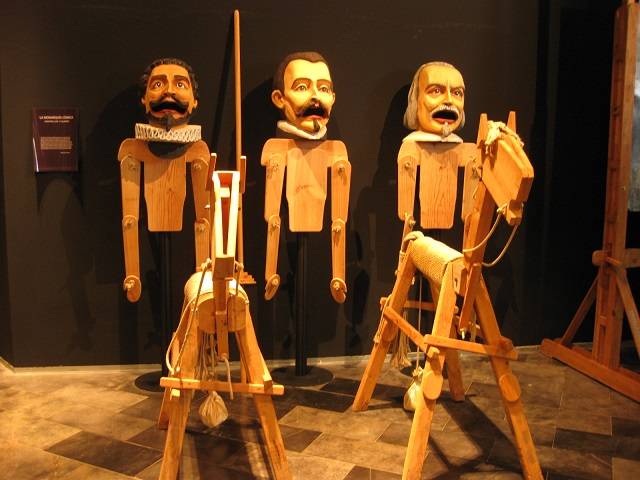
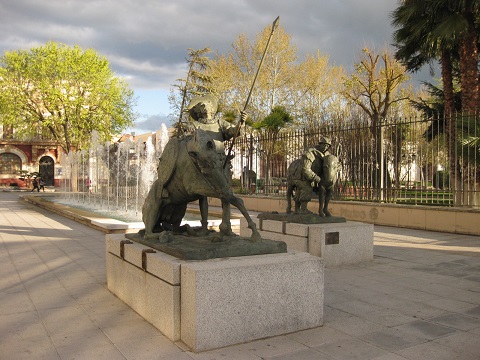
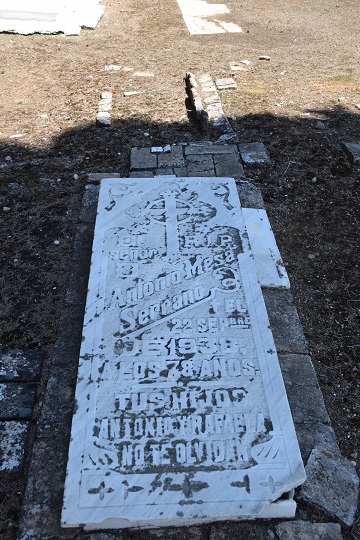
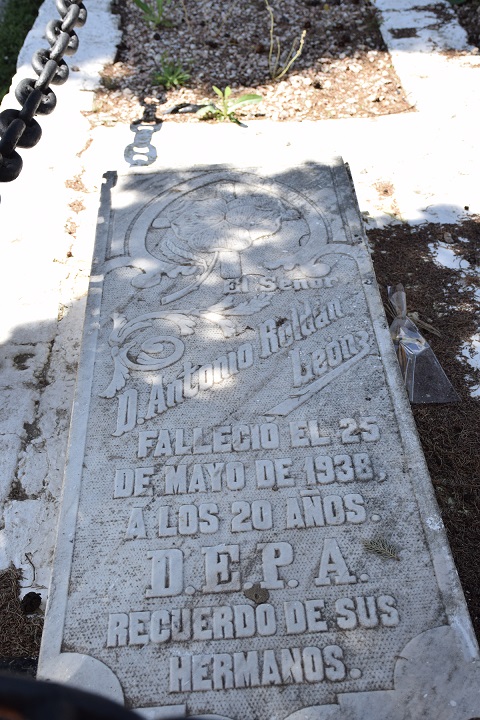
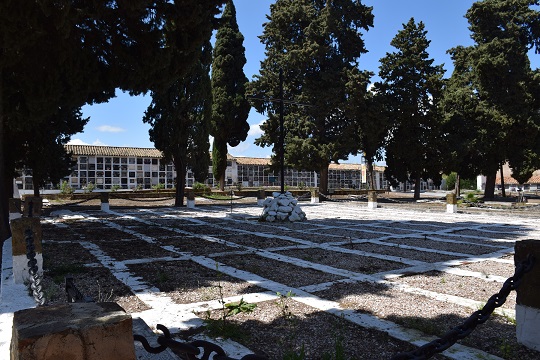
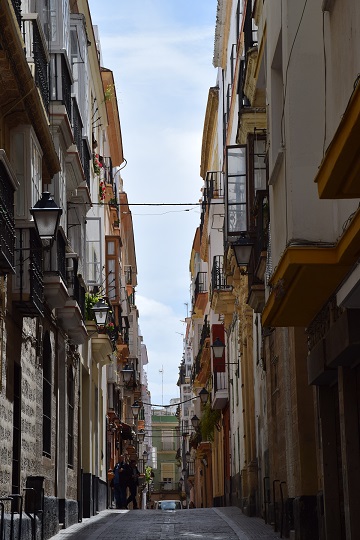
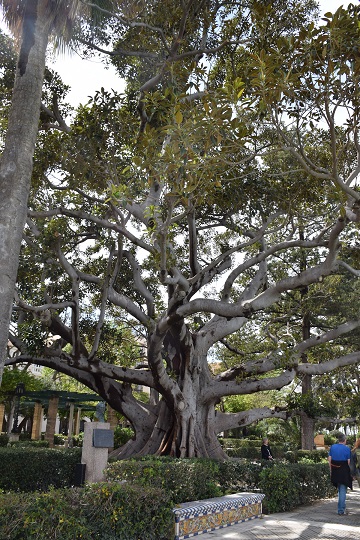
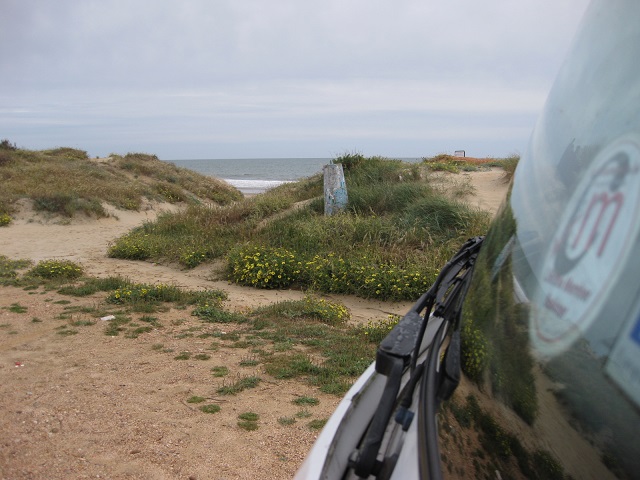
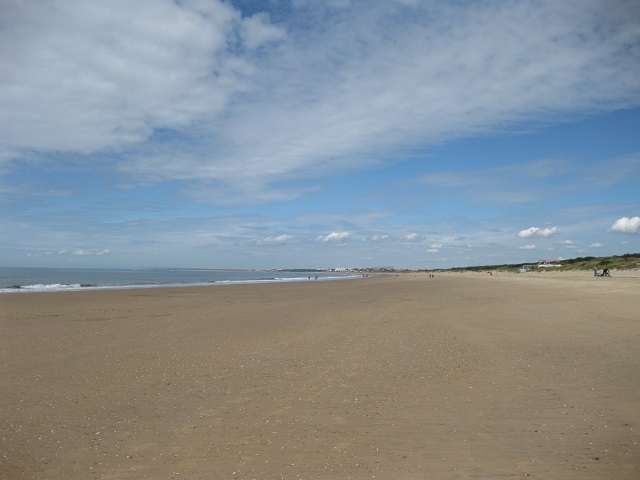

 And then Add to Home Screen.
And then Add to Home Screen.